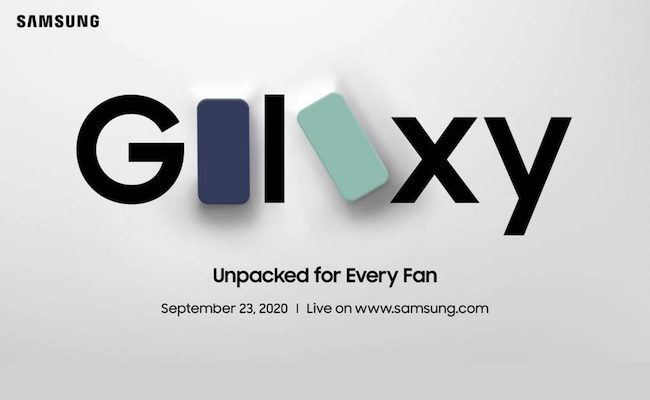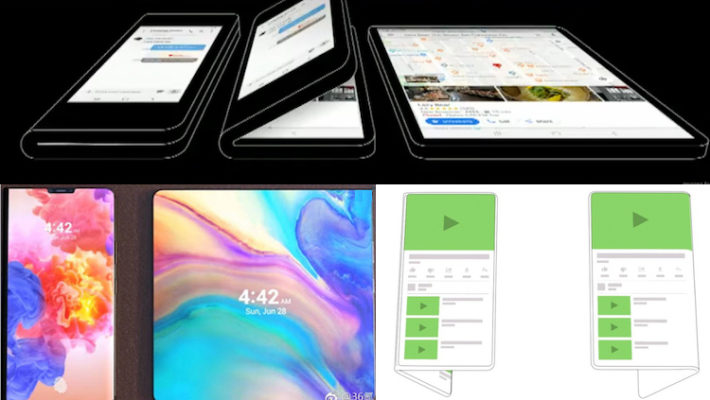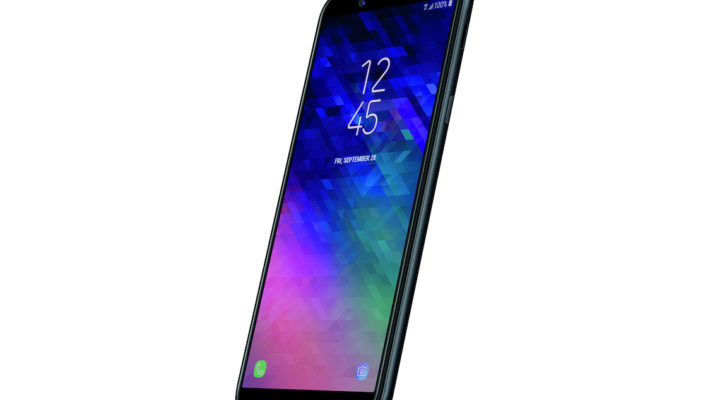Google’s Pixel 7 might be new on the market, but recent reports suggest that the next device in the series, possibly a Pixel 7a might have major upgrades, in comparison to the previous a-series model.
There have been rumors about a device with the codename Lynx since May, according to 9to5Google.
Prior to Google’s flagship launch, there were murmurs of the brand releasing a third super high-end Pixel Ultra model; however, now that the Pixel 7 and 7 Pro are on the market, many consider this model might be the Pixel 7a.
With Google also establishing the Pixel 7 series and its dedication to producing flagship-tier devices, the Pixel 7a is likely to get a similar treatment, even with the a-series being the more mid-range version. The Pixel 7a might get the biggest upgrade seen in the a-series for some time, with not only the Pixel 7 and 7 Pro design language and Tensor G2 proprietary chip transitioning onto the device, but also with the smartphone featuring a similar camera setup as the Pixel 7.
9to5Google previously reported that the codename Lynx device might feature a camera set up with a Samsung GN1 lens, which includes the 1/1.3-inch, 50-megapixel sensor that was first seen on the Pixel 6 series, in addition to a Sony IMX787 lens with a 1/1.3-inch, 64-megapixel telephoto sensor, and a Sony IMX712 13-megapixel sensor of unknown size for the front-facing camera. If accurate, the Pixel 7a camera system has the potential to be even more powerful than those on the Pixel 7 and Pixel 7 Pro.
Phone Arena noted that Google’s messaging with the mid-range intention of its a-series has been rather confusing over the years. We’ve seen Google design the Pixel 6a similarly to the Pixel 6 and 6 Pro, also outfitting it with the original Tensor processor; however, one of the main differences is the device has a much older camera system. Prior to that, the Pixel 5a had similar internal specs and cameras to the Pixel 5; however, the design was slightly different. Older still a-series models included mid-range chips but cameras matching the original Pixel versions.
However, with the implementation of proprietary Tensor chips, annual design evolution, and also software design languages such as Material You, all harken to a more uniform upgrade cycle for each annual series. Google also hinted at its I/O developer conference keynote in May, when it first previewed the Pixel 7 and Pixel 7 Pro, that future models in the series would likely take on a similar ceramic outer look. Additionally, the Pixel 7a is expected to feature wireless charging, which so far has been relegated only to the higher-end Pixel models.
This leads publications such as PhoneArena to believe that Google might scrap the a-series altogether in favor of a Pixel Ultra model, much like Apple and Samsung have done with their flagship lines. Such brands essentially have the standard model sold as a mid-range flagship, then a Pro model, then an Ultra model as a premium flagship that is the most expensive and features all the bells and whistles. While Apple still sells an iPhone SE as its affordable option, Samsung didn’t offer a Galaxy S22 FE this year, leaving the fate of its own affordable flagship line uncertain.
It is possible that Google is trying to benefit from the increasing popularity of its Pixel line; however, the brand’s CFO Ruth Porat noted that it especially saw growth with the release of the Pixel 6a, which launched in July for $450, according to AndroidAuthority.
The Pixel 7 and 7 Pro were released in October starting at $599 and $899, which are still considered rather affordable for premium smartphones. Introducing an Ultra model would surely take prices beyond the $1,000 mark.



